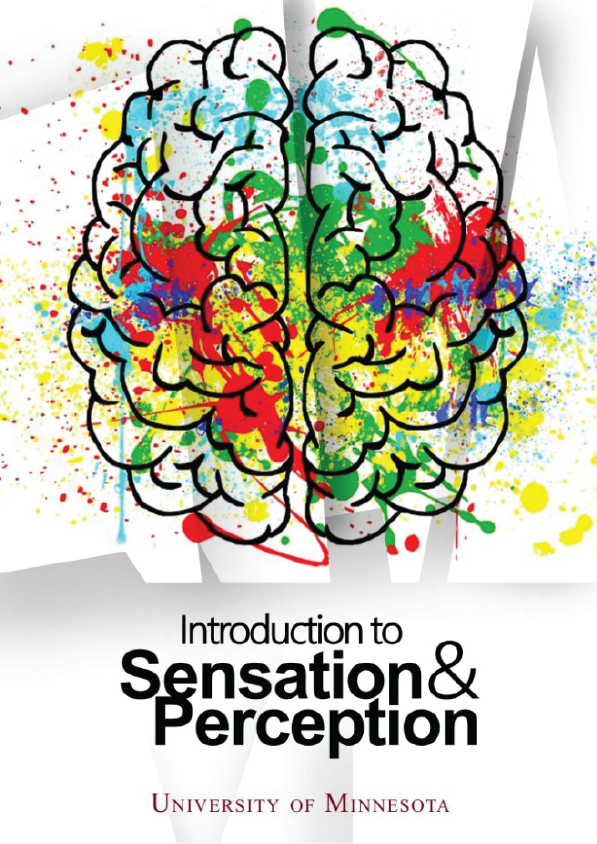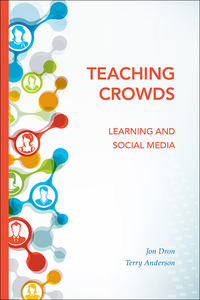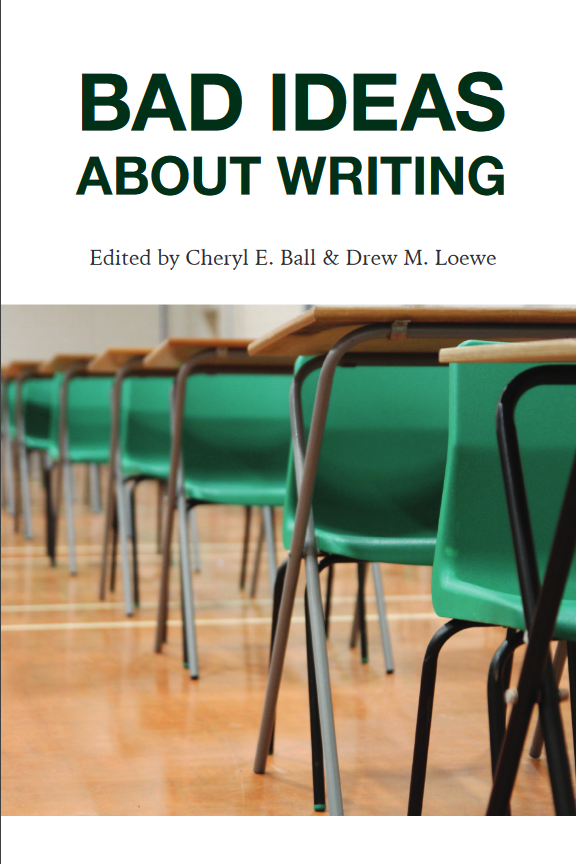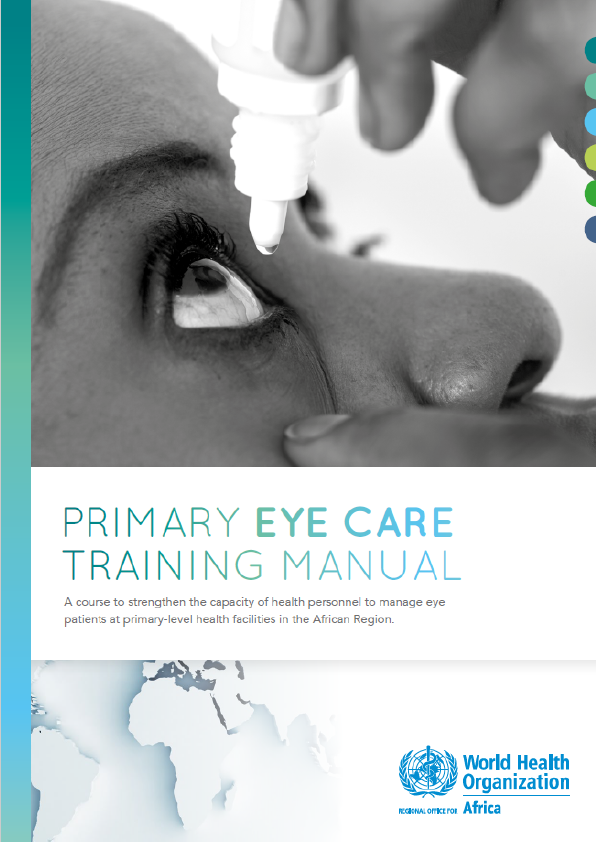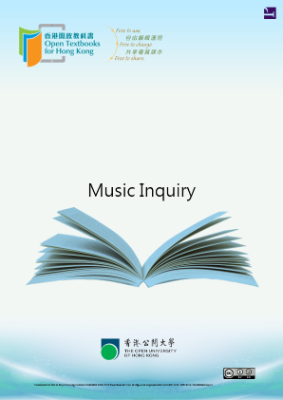This book was created by the students of PSY 3031: Sensation and Perception, as a class project, because there is no existing open-source textbook for S&P. Content is, for the most part, re-used and re-mixed from existing open-source materials from Psychology and Anatomy and Psychology textbooks.
We wanted to create a resource with a stronger neuroscience foundation than your average psychology textbook, with strong links between physiology and perception. The final product will always be a work in progress, but hopefully a useful collection of materials to support college-level courses that want to understand how human physiology supports human perceptual experiences.
The course has two over-arching themes or guiding principles, both of which rest on the basic understanding that perception is an interpretive act, which means that our perceptions are sometimes only loosely based on our sensory experiences:
Our brains shape our environment: there are many things that we simply do not perceive because we are not prepared to perceive them.
Our environments shape our brains: color categories and phonetic boundaries are just two examples of how our conscious access to sensory information is limited by the culture we grew up in.
This first chapter is a mixture of two kinds of background: an introduction to psychophysical methods, which are the tools that psychologists use to quantify perceptual behaviors, and a review of neuroscience principles, such as action potentials and the distinction between the central nervous system and the peripheral nervous system. The fact that this introductory chapter is a blend of background from two fields is a good analogy for the entire book: our study of Sensation and Perception will rest in equal parts on methods for understanding human behavior and methods for understanding neural networks.
What does it mean to sense something? Sensory receptors are specialized neurons that respond to specific types of stimuli. When sensory information is detected by a sensory receptor, sensation has occurred. For example, light that enters the eye causes chemical changes in cells that line the back of the eye. These cells relay messages, in the form of action potentials (as you learned when studying biopsychology), to the central nervous system. The conversion from sensory stimulus energy to action potential is known as transduction.
You have probably known since elementary school that we have five senses: vision, hearing (audition), smell (olfaction), taste (gustation), and touch (somatosensation). It turns out that this notion of five senses is oversimplified. We also have sensory systems that provide information about balance (the vestibular sense), body position and movement (proprioception and kinesthesia), pain (nociception), and temperature (thermoception).
While our sensory receptors are constantly collecting information from the environment, it is ultimately how we interpret that information that affects how we interact with the world. Perception refers to the way sensory information is organized, interpreted, and consciously experienced. Perception involves both bottom-up and top-down processing. Bottom-up processing refers to the fact that perceptions are built from sensory input. On the other hand, how we interpret those sensations is influenced by our available knowledge, our experiences, and our thoughts. This is called top-down processing.
